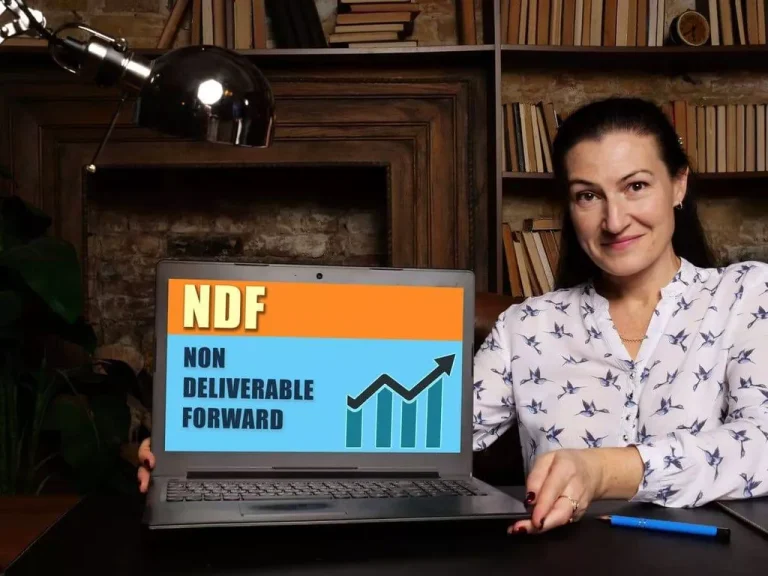The direct Memory Entry Controller is a management unit, which has the work of transferring information. Since the SPE’s load/store instructions can read/write only its personal local memory, an SPE entirely is dependent upon DMAs to switch information to and from the principle reminiscence and native recollections of other SPEs. Thus the DMA acts as a main means of knowledge switch among cores inside this CPU (in contrast to cache-coherent CMP architectures corresponding to Intel’s cancelled general-purpose GPU, Larrabee). Without DMA, when the CPU is using programmed input/output, it’s sometimes absolutely occupied for the complete duration of the read or write operation, and is thus unavailable to carry out other work. With DMA, the CPU first initiates the switch, then it does different operations while the transfer is in progress, and it lastly receives an interrupt from the DMA controller (DMAC) when the operation is finished.
Not Like different forms of DMA that operate independently as quickly as initiated, programmed I/O requires continuous involvement from the CPU throughout the whole knowledge transfer course of. Think About a CPU outfitted with a cache and an external memory that can be accessed immediately by units utilizing DMA. When the CPU accesses location X in the reminiscence, the present worth will be saved within the cache. Subsequent operations on X will update the cached copy of X, however not the external reminiscence version of X, assuming a write-back cache. If the cache just isn’t flushed to the reminiscence earlier than the following time a device tries to entry X, the system will obtain a stale value of X. DMA buffering helps optimize knowledge transfer between the CPU and exterior reminiscence.
- Nonetheless, in certain situations the place exact control over information transfers is necessary, Programmed I/O can present advantages when it comes to flexibility and customization for particular duties.
- Interrupts are essential as they allow efficient communication between the DMA controller and the CPU without constant polling.
- Since the DMA controller is handling the information switch, the CPU is free to perform other tasks whereas the switch is taking place.
- The three modes of DMA data transfer are Burst Mode, Cycle Stealing Mode, and Clear Mode.
Transparent Mode

Therefore, with the growth of quite a few gadgets, including printers, high-speed modems, and sensors, knowledge processing has turned into a bottleneck. The DMA serves as an important technology as a end result of it maximizes system efficiency. DMA technology permits peripherals to send and receive knowledge automatically without CPU controls. The necessity of DMA persists in modern computing methods as a end result of it decreases overhead processes and enhances information motion velocities and system response timing. Since the DMA controller is dealing with the info switch, the CPU is free to carry out dma trading different duties while the switch is taking place. This can considerably enhance the system’s general efficiency, as the CPU just isn’t tied up with information switch duties.
Challenges And Limitations Of Dma
But DMA also raises the risk components from the safety perspective as nicely since it bypasses CPU-based protection reminiscence allowing units or software program some vulnerability to it. The clear mode takes the longest time to switch information blocks, however additionally it is essentially the most environment friendly mode by method of overall system performance. In transparent mode, the Direct Reminiscence Entry controller transfers knowledge only when the CPU performs operations that don’t use the system buses. DMA controller now has the complete control of buses and can work together directly with reminiscence and I/O devices independent of CPU.
When an I/O system needs to provoke the transfer then it sends a DMA request signal to the DMA controller, for which the controller acknowledges if it is free. Then the controller requests the processor for the bus, raising the bus request signal. For n channeled DMA controller n variety of external devices could be related. Pc architecture implements Direct Reminiscence Access (DMA) as a crucial feature that permits hardware devices to bypass the central processing unit (CPU) when performing reminiscence information transfers.

This mode uses extra time for transmitting data blocks; however, it’s also the most important kind of mode within the general efficiency of the system. In this mode, the DMA controller transmits data simply each time the CPU executes operations that don’t utilize the buses of the system. DMA (Direct Memory Access) is a pc structure idea through which Input/Output units are permitted to learn and write knowledge to and from the reminiscence system selectively without interference of the central processing unit. This helps to ease the burden of the CPU on performance since DMA will now handle information actions leaving the CPU with other performances to perform.

DMA works by having a dedicated DMA controller that manages the data transfers between memory and the varied units that need to access it. The DMA controller will first must be configured with the specified source and destination addresses, as nicely as the dimensions of the info transfer. As Quickly As every little thing is configured, the DMA controller will provoke the transfer and monitor it until it is complete.
On this operation, the CPU boots up, and the system sets switch parameters earlier than giving up management to the DMA controller. Data purposes like backup processes, network communications, and graphic processing majorly use DMA in their high-speed transfer of information purposes. This generally enhances system efficiency and effectivity as the data switch leaves much less overhead on the CPU.
Direct Memory Entry (DMA) is a robust hardware method that allows knowledge to be transferred between a computer’s Random Access Memory (RAM) and different elements with out involving the CPU. This efficient technique enables input/output gadgets to instantly entry memory, significantly improving system performance. DMA controller (DMAC) is a kind of https://www.xcritical.com/ hardware that provides DMA operation administration. It acts between reminiscence and peripheral gadgets and moves data from the primary place to the second without CPU intervention. Once the data switch is full, the DMA controller releases management of the system bus. This step is essential because it allows different units to entry the bus for their own operations without any interference from the DMA process.
This ensures environment friendly memory bus utilization and reduces bottlenecks that might happen with sequential transfers. In easier terms, DMA acts as a traffic controller for data shifting in and out of reminiscence. It effectively manages these transfers, freeing up the CPU for extra complicated duties. An different to DMA is Extremely DMA, which supplies a burst information switch fee as a lot as 33 megabytes per second (MBps). Hard drives that have Ultra DMA/33 also help programmed input/output (PIO) modes 1, three and four, and multiword DMA mode 2 at 16.6 MBps. As an instance, on an Intel Core-based PC, the southbridge will ahead the transactions to the reminiscence controller (which is built-in on the CPU die) utilizing DMI, which is able to in turn convert them to DDR operations and ship them out on the reminiscence bus.
To perform an enter Proof of personhood, output or memory-to-memory operation, the host processor initializes the DMA controller with a count of the number of words to transfer, and the memory address to make use of. The DMA controller then provides addresses and read/write management lines to the system memory. Each time a byte of data is in a position to be transferred between the peripheral gadget and memory, the DMA controller increments its inside address register till the complete block of information is transferred. Many hardware systems use DMA, including disk drive controllers, graphics playing cards, network playing cards and sound playing cards. Computer Systems that have DMA channels can transfer information to and from units with much much less CPU overhead than computer systems without DMA channels.
Each channel within the DMA controller is programmed independently they usually switch the data as much as 64kb. In this mode, the transmission of an entire information block could be carried out in a steady series. To execute any operation in a pc system, first, the microprocessor gets the instruction, decodes it, and further, executes. Nevertheless, if the microprocessor is executing the whole task individually within the system, then it keeps the microprocessor busy continually.

